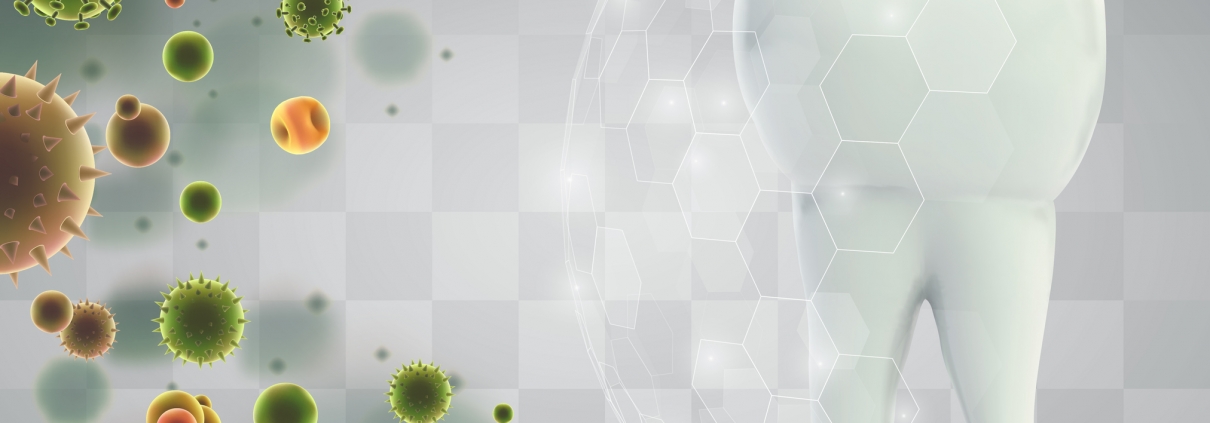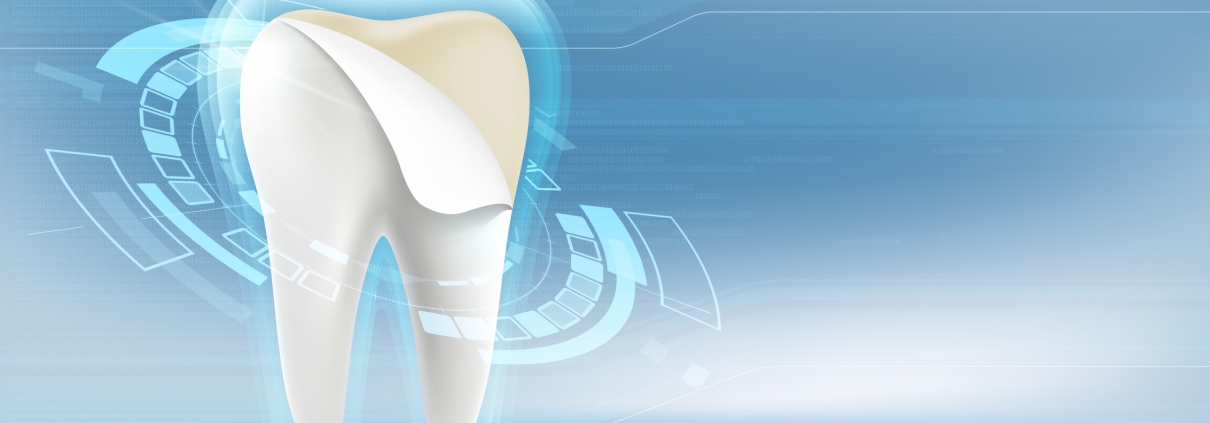Experiencing pain or discomfort in your teeth and gums is not only physically unpleasant but can also be a sign of underlying oral health issues that should not be ignored. In this article, we will explore the common causes of teeth and gum pain and provide insights into potential solutions to alleviate and prevent such discomfort.
Common Causes of Teeth and Gum Pain
Tooth Decay (Cavities):
Tooth decay is one of the leading causes of tooth pain. When bacteria in the mouth produce acids that erode tooth enamel, it leads to cavities. Cavities can cause sharp or throbbing pain, especially when consuming hot or cold foods and beverages.
Gum Disease:
Gingivitis and periodontitis are gum diseases caused by the buildup of plaque, a sticky film of bacteria, on the teeth and gums. Symptoms include gum inflammation, bleeding, and tenderness, which can be painful.
Tooth Sensitivity:
If you experience sharp, sudden pain when consuming hot, cold, sweet, or acidic foods, you may have tooth sensitivity. It can result from exposed tooth roots, enamel erosion, or gum recession.
Dental Abscess:
A dental abscess is a pocket of pus that forms due to a bacterial infection. It can cause severe, throbbing pain, swollen gums, and even fever in some cases.
Bruxism (Teeth Grinding):
Grinding or clenching your teeth, often during sleep, can lead to jaw, teeth, and gum pain. The constant pressure can damage teeth and irritate the gums.
Tooth Fractures:
Cracked or fractured teeth can be painful, especially when biting or chewing. The pain may vary depending on the extent of the fracture.
Dental Procedures:
Pain and discomfort are common after certain dental procedures, such as fillings, root canals, or tooth extractions. This is typically temporary and should subside as you heal.
Oral Ulcers and Sores:
Canker sores and cold sores can develop on the gums, lips, and inside the mouth, causing discomfort and pain.
Solutions for Teeth and Gum Pain
Maintain Proper Oral Hygiene:
Regular brushing and flossing are fundamental for preventing tooth decay and gum disease. Use a soft-bristle toothbrush and fluoride toothpaste, and remember to floss daily.
Visit Your Dentist:
If you are experiencing persistent pain or discomfort in your teeth or gums, it’s crucial to consult a dentist. They can diagnose the issue and recommend appropriate treatment, which may include fillings, cleanings, or more extensive dental work.
Manage Tooth Sensitivity:
Special toothpaste formulated for sensitive teeth can help reduce discomfort. Avoid abrasive toothbrushes and harsh mouthwashes, which can worsen sensitivity.
Bruxism Management:
If teeth grinding is the cause of your pain, your dentist may recommend a nightguard to protect your teeth and jaw during sleep. Stress management techniques can also help reduce grinding.
Dental Abscess Treatment:
Dental abscesses require prompt treatment, often involving antibiotics and drainage of the abscess. Seek immediate dental care if you suspect an abscess.
Pain Relief:
Over-the-counter pain relievers, such as ibuprofen or acetaminophen, can provide temporary relief from tooth and gum pain. Follow the recommended dosage guidelines.
Healthy Diet:
Avoid sugary and acidic foods and beverages that can contribute to tooth decay. Opt for a balanced diet rich in fruits, vegetables, lean proteins, and dairy products for strong teeth and gums.
Oral Rinses and Gels:
Your dentist may recommend antimicrobial rinses or gels to alleviate gum inflammation and pain associated with conditions like gingivitis or periodontitis.
Teeth and gum pain should not be ignored, as they can indicate various oral health issues that require attention. Maintaining good oral hygiene practices, visiting your dentist regularly, and promptly addressing any pain or discomfort can help prevent dental problems and ensure your overall oral well-being. Remember that early intervention and proper dental care are key to maintaining a healthy and pain-free smile.










